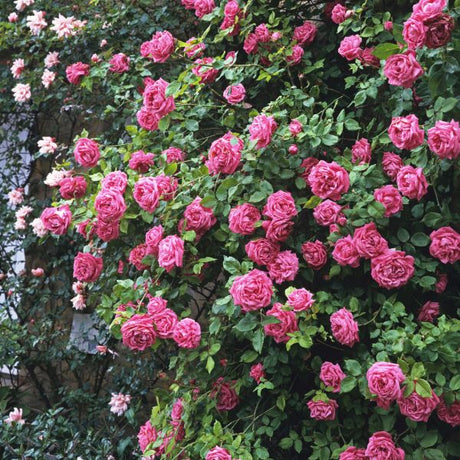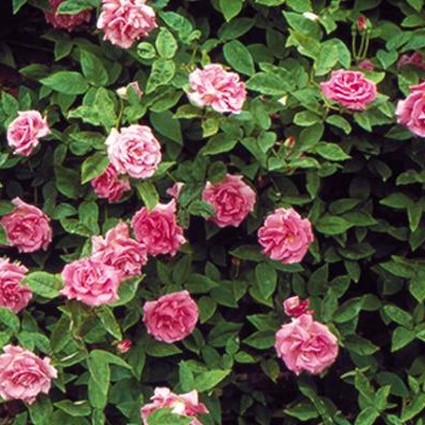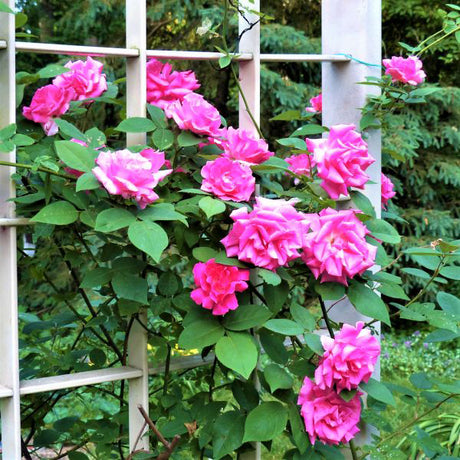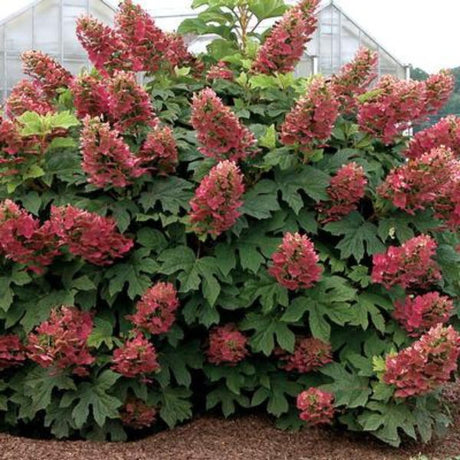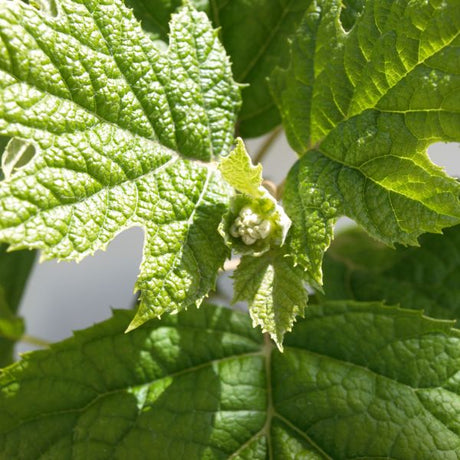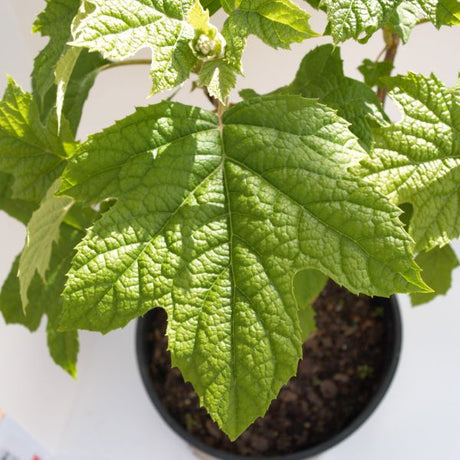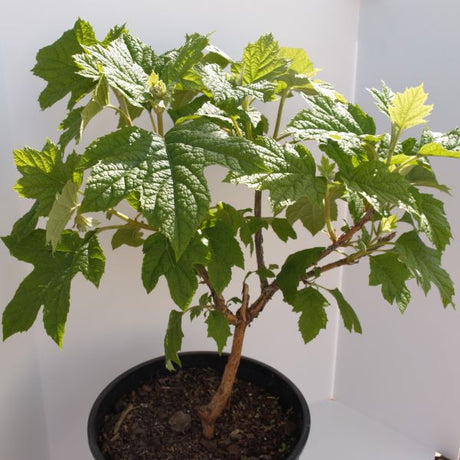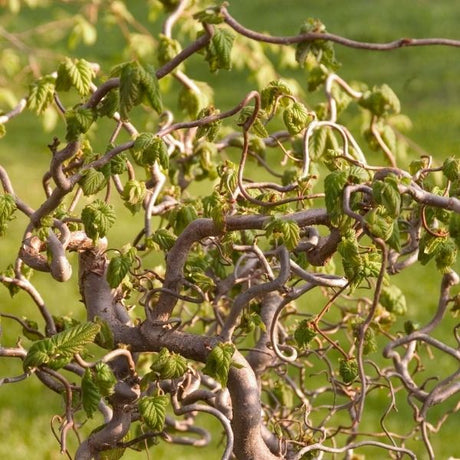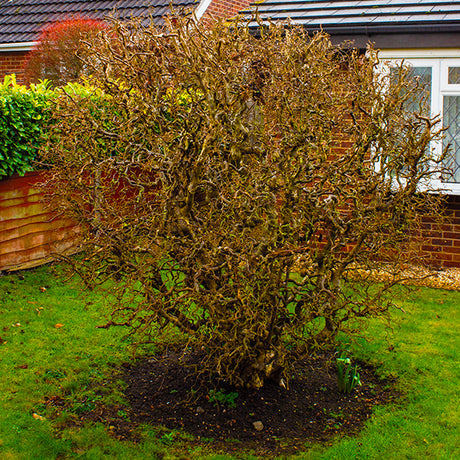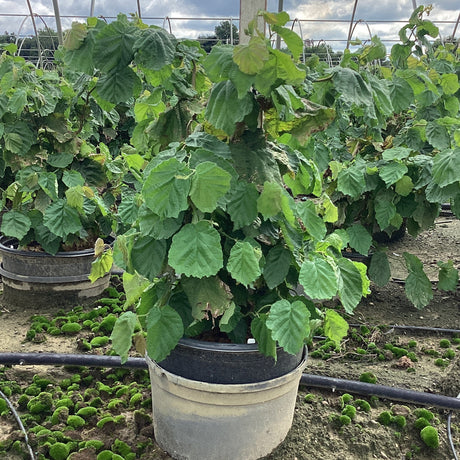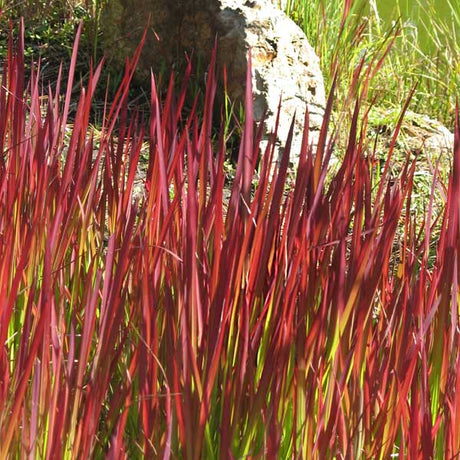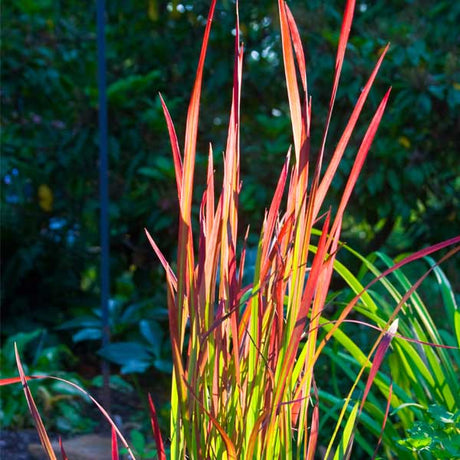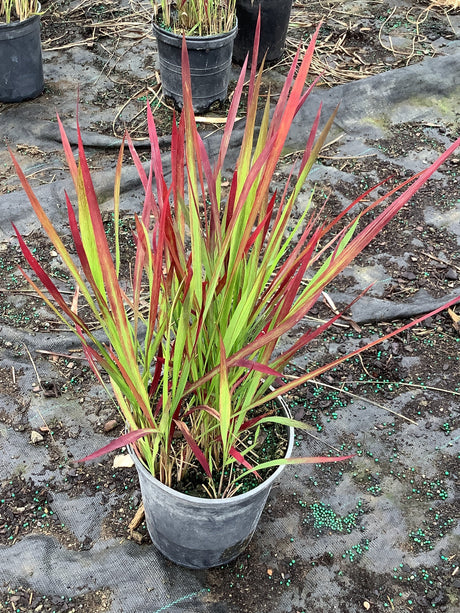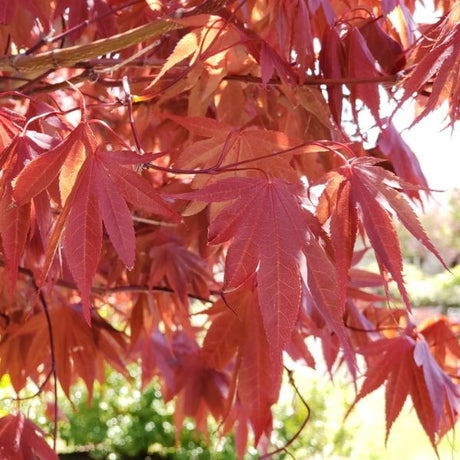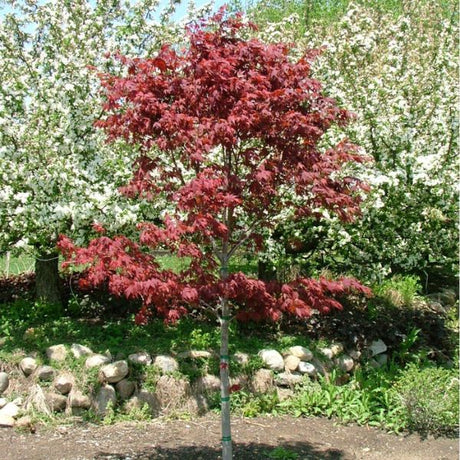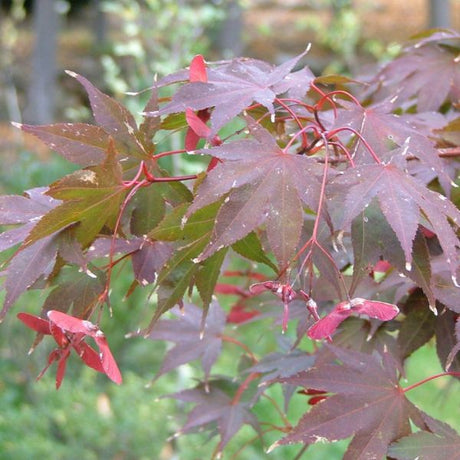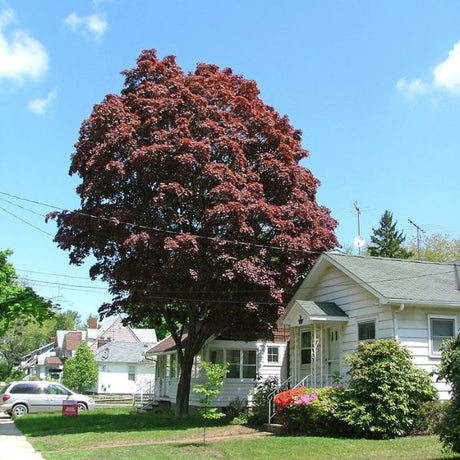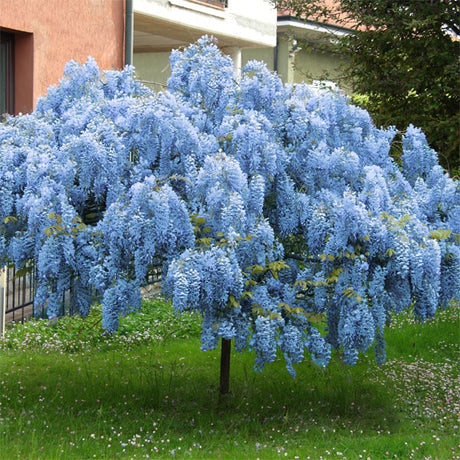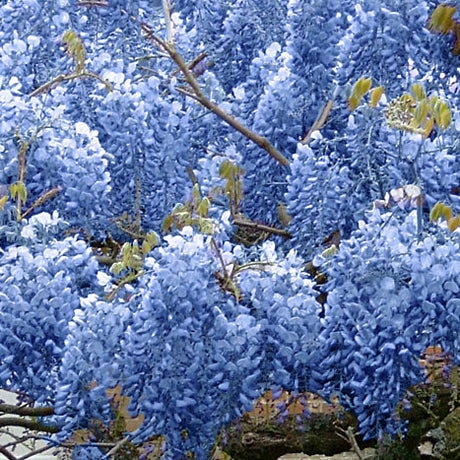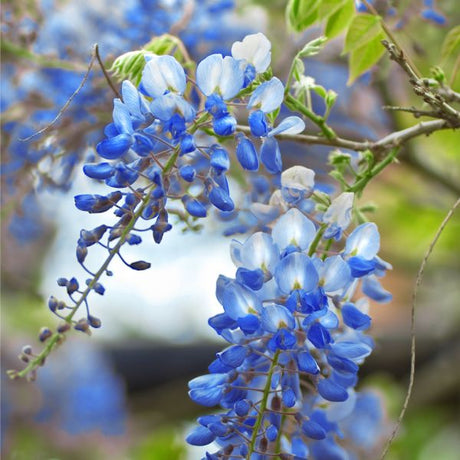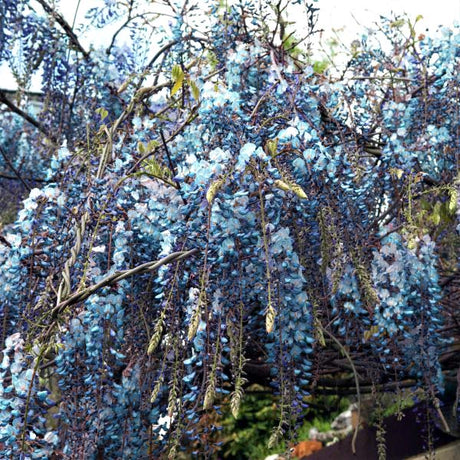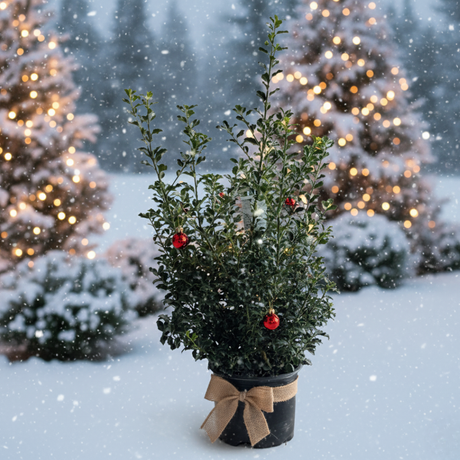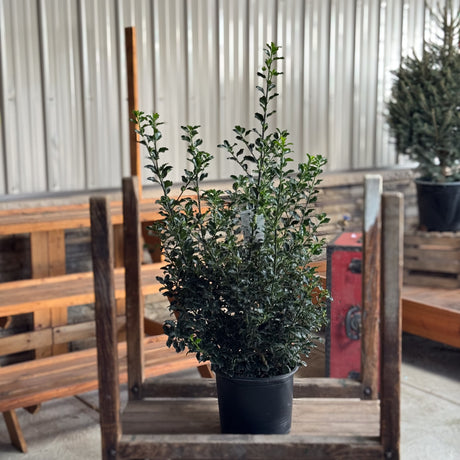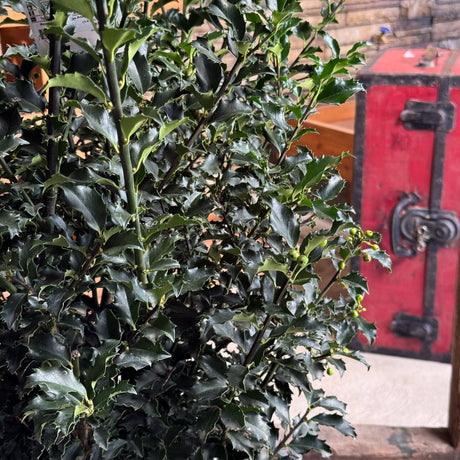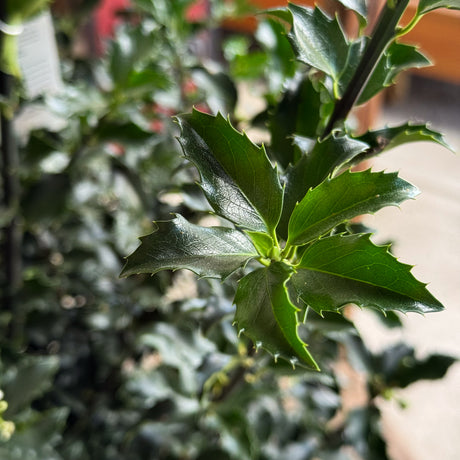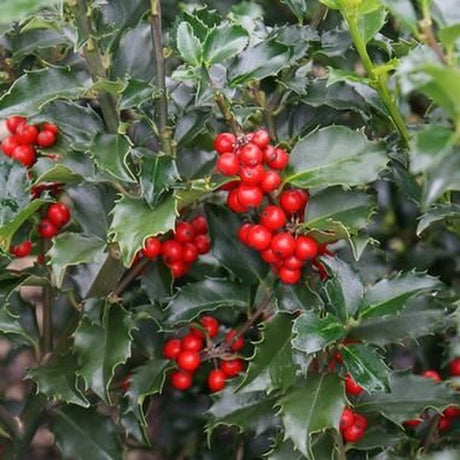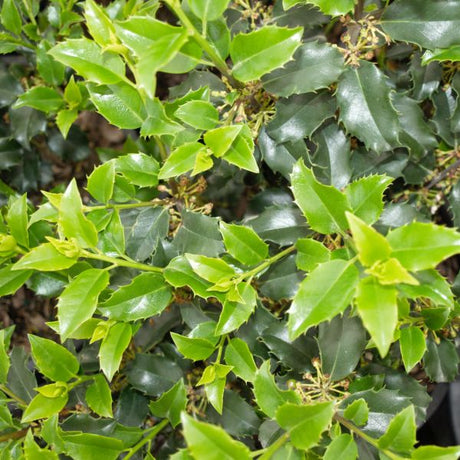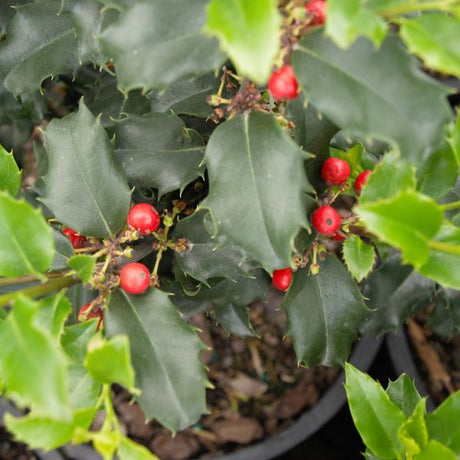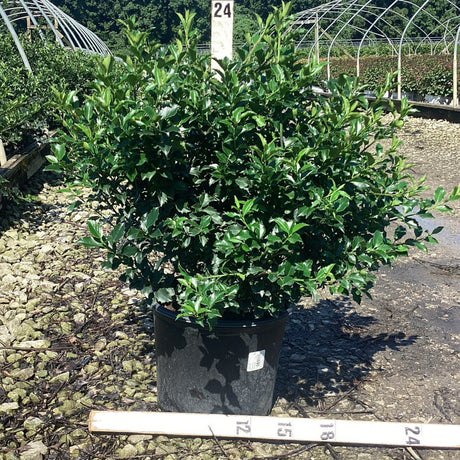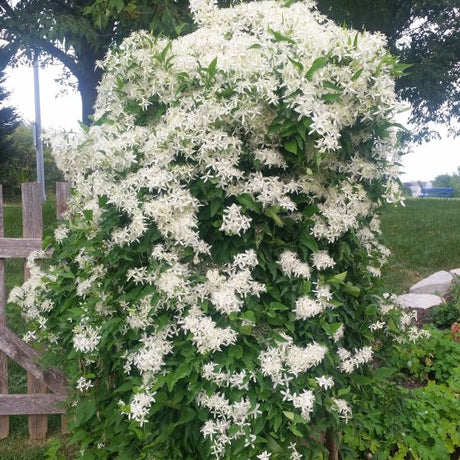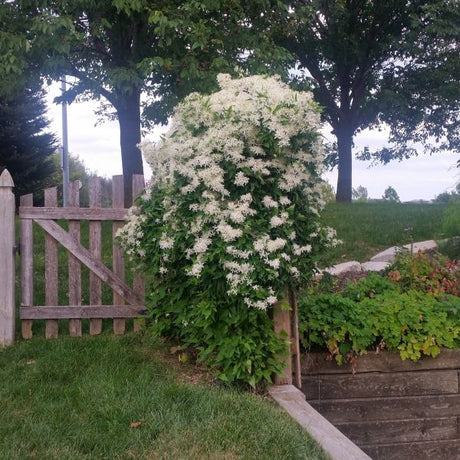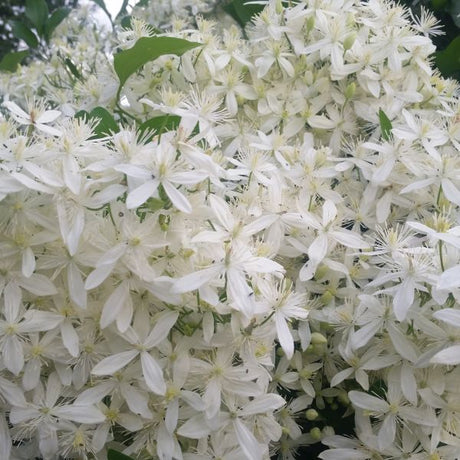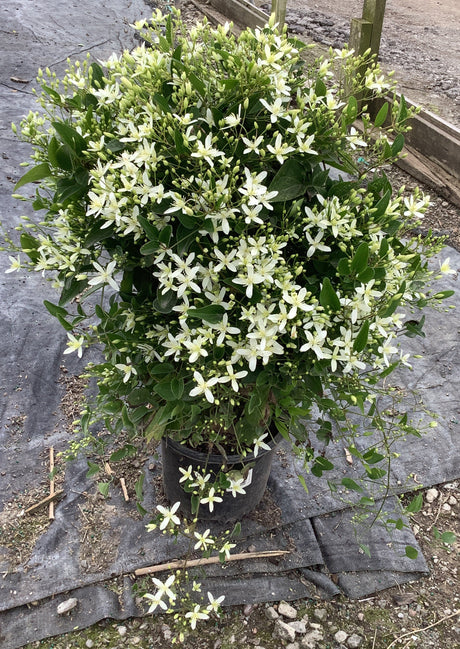No doubt about it, gardening is hot. People are discovering again why gardening is so gratifying. There is no denying the workplace is a busy and competitive environment, so it is nice to change gears when you get home. Many are re-discovering that gardening is extremely therapeutic - you can get outside, put your phone on the counter, check on your plants, and maybe give them a drink.
If you have never gardened before, watch out … you just might catch the bug.
A successful garden does not have to be a huge, rectangular plot of vegetables way out in the back corner of your yard. Today’s gardens are in pots, raised beds, mixed in with annuals, perennials and even within your landscape. Plants in an “edible landscape” - why not?
Start By Planning and Observing
Before starting a garden, pay attention how much sun exposure there is in the area where you would like to grow flowers, herbs, or vegetables. The amount of sun will dictate the plants that can be grown successfully. Start small and keep it simple.

Do you cook? Start with a simple herb pot on your patio or outside the front or back door of your home or apartment. Include Rosemary, Thyme, Basil, and Parsley, which are all sun-loving plants.
If you have a bigger pot, add a sun-loving Begonia or some Nasturtiums for some color. Gardening tip? Mulch a container plant to help to maintain better moisture.
If you start with a container garden, make sure you pick a large, wide pot. The bigger volume of soil will prevent your young plants from drying out too frequently, and allow them to get larger.
Pick the Plants You’d Like to Grow

Maybe you are thinking about growing a few items to use other than herbs. Tomato plants love full sun and can easily be incorporated into an existing shrub border or perennial garden. Plant and stake the tomato plants or grow them on towers in the background of your favorite flowering plants. Tomato plants can be included in most locations with sun, but should only be planted in the same spot every third year or so.
The key is to plant only what you have time to care for. Maybe it is easier to just buy a few cucumbers or squash from your local farmers market and not waste a lot of space in your yard on items that you don’t use.
Utilize vertical space for things that you can. Plant pole beans on a tower or homemade tripod. Pole beans produce beans for an extended time.

Raised beds offer a great way to add compost and other organic matter, increase drainage and can be placed in sunny areas. You will be shocked as to how much you can grow utilizing all the space. Plant radishes, lettuces and greens, and some green onions for an early crop. Then when harvested, plant some beans or eggplant or other warm season crops where you harvested early crops.
Some vegetables like lettuces, Swiss chard, kale, and parsley are all wildly ornamental and perfect for adding to annual and perennial gardens. How about adding rhubarb to your perennial border? Beautiful.
Have you seen Asparagus plants after you are done harvesting? They make an incredibly soft and mellow green backdrop to your favorite perennials or annual flowers.
Do you have the bug yet? Who says that you need to have all that grass to mow? Expand your gardening skills and add a few more raised beds for flowers and food crops. Plant bigger crops in the ground to allow them to be most productive.
Plant What You Love

Many think having a garden means simply growing your own veggies. But if what brings you joy are flowering bushes and perennials, then what are you waiting for? Add hydrangeas as a hedge by the fence, a japanese maple as the centerpiece of a meditation garden, or forthysia to the front foundation planting to add an early spring pop of color!
Pollinators will flock if you decide to garden with them in mind. Add coneflowers, asters, salvia, and a viburnum to enjoy their fluttering presence each summer.
Or, maybe you do want the thrill of eating what your grow, but having just a vegetable garden doesn’t quite scratch that itch. Try fruit instead! Sure, there might not be enough room for an entire apple orchard but you can plant blueberries, strawberries, blackberries, or raspberries in smaller spaces quite easily.

For those of you who are brave, consider adding a citrus tree like Dwarf Meyer Lemon or Finger Lime to a pot you can keep on the patio during the summer and bring in during the colder winter months. There’s nothing like the taste of a fresh, homegrown, lemon.
All plants love great soil. Rich, well-drained soils mixed with compost and other organic materials will make your life a lot easier. Add water regularly as needed to prevent stress on your plants. A 3-4 inch layer of mulch over the roots is appreciated by all plants, whether in pots or in the ground.
Gardening is for everyone. Start small. Keep it simple. Even if you only grow a tray of microgreens, an herb pot on the patio, or an entire edible landscape … gardening is healthy and a great lifetime sport.
Happy Planting!


